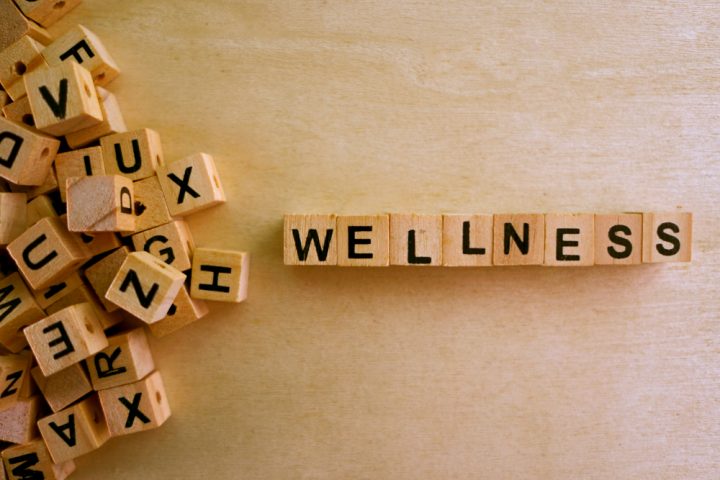Exercise is great for your body, but it’s also great for managing something that most people experience weekly…stress! Virtually any form of exercise, from aerobics to yoga, can act as a stress reliever. If you’re not an athlete or even if you’re out of shape, you can still make a little exercise go a long way toward stress management.
Exercise and stress relief
Exercise increases your overall health and your sense of well-being, but exercise also has some direct stress-busting benefits.
It pumps up your endorphins – Physical activity may help bump up the production of your brain’s feel-good neurotransmitters, called endorphins. Although this function is often referred to as a runner’s high, any aerobic activity, such as a game of tennis or a nature hike, can contribute to this same feeling.
It reduces negative effects of stress – Exercise can provide stress relief for your body while imitating effects of stress, such as the flight or fight response, and helping your body and its systems practice working together through those effects. This can also lead to positive effects in your body—including your cardiovascular, digestive and immune systems—by helping protect your body from harmful effects of stress.
It’s meditation in motion – After a fast-paced game of tennis, a long walk or run, or several laps in the pool, you may often find that you’ve forgotten the day’s irritations and concentrated only on your body’s movements. As you begin to regularly forget about your daily tensions through movement and physical activity, you may feel more energic and optimistic. Exercise can help you stay calm, clear and focused in everything you do.
It improves your mood – Regular exercise can increase self-confidence, improve your mood, help you relax, and lower symptoms of mild depression and anxiety. Exercise can also improve your sleep, which is often disrupted by stress, depression and anxiety. All of these exercise benefits can ease your stress levels and give you a sense of command over your body and your life.

Put exercise and stress relief to work for you
A successful exercise program begins with a few simple steps:
Consult with your doctor – If you haven’t exercised for some time or you have health concerns, speak to your doctor before starting a new exercise routine.
Walk before you run – Build up your fitness level gradually. Excitement about a new program can lead to overdoing it and possibly even injury. For most healthy adults, the Department of Health and Human Services recommends getting at least 150 minutes of moderate aerobic activity or 75 minutes of vigorous aerobic activity a week, or a combination of moderate and vigorous activity. Examples of moderate aerobic activity include brisk walking or swimming, and vigorous aerobic activity can include running or biking. Greater amounts of exercise will provide even greater health benefits. Also, aim to do strength training exercises for all major muscle groups at least two times a week.
Do what you love – Almost any form of exercise or movement can increase your fitness level while decreasing your stress. The most important thing is to pick an activity that you enjoy. You could try: walking, stair climbing, jogging, dancing, bicycling, yoga, tai chi, gardening, weightlifting and swimming. And remember, you don’t need to join a gym to get moving. Take a walk with the dog, try body-weight exercises or do a yoga video at home.

Pencil it in – Dedicate some time each day for your exercise program. This will help you keep on track and stop you from getting distracted by other things! Try to make exercise a priority during this time.
Stick with it
Starting an exercise program is just the first step. Here are some tips for sticking with a new routine or refreshing a tired workout:
Set SMART goals – Set yourself some SMART goals – specific, measurable, attainable, relevant and time-limited goals. If your primary goal is to reduce stress in your life, your specific goals might include committing to walking during your lunch hour three times a week. Or try online fitness videos at home. Or, if needed head to the gym to join a spin class twice a week. It’s important to set goals and take it step-by-step.
Find a friend – Working out with someone else can be a powerful incentive. Try making plans to go for a walk or a run with a friend, or even a group exercise class at the gym. Working out with a friend, co-worker or family member often brings a new level of motivation and commitment to your workouts. And friends can make exercising more fun!

Change up your routine – If you’ve always been a competitive runner, take a look at other, less competitive options that may help with stress reduction, such as Pilates or yoga classes. As an added bonus, these kinder, gentler workouts may enhance your running while also decreasing your stress – remember, its not always about increasing your heart rate and getting a sweat on!
Exercise in short bursts – Even brief bouts of physical activity offer benefits. For instance, if you can’t fit in one 30-minute walk, try a few 10-minute walks instead. Being active throughout the day can add up to provide health benefits. Take a mid-morning or afternoon break to move and stretch, go for a walk, or do some squats or push ups. Interval training, which entails brief (60 to 90 seconds) bursts of intense activity at almost full effort, can be great if you’re looking for a quick and effective workout!
Mayo Clinic, 2020




